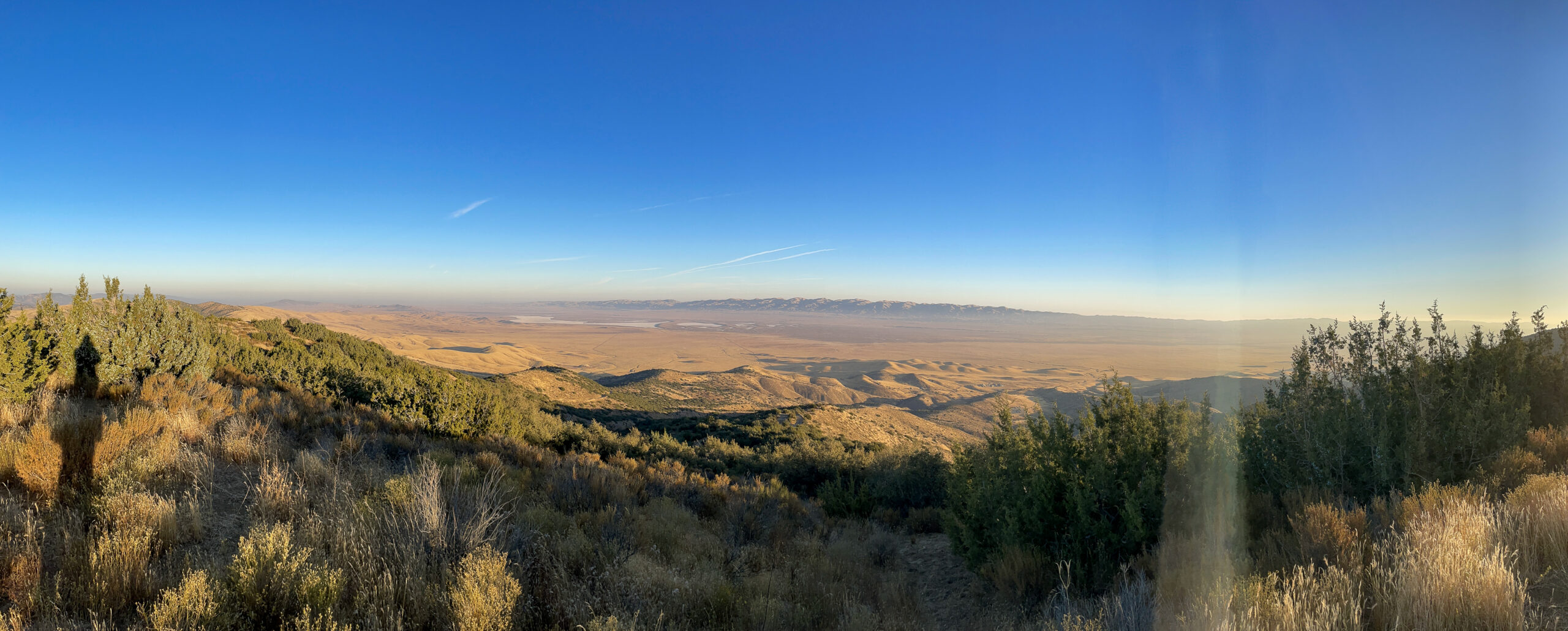Today was such a beautiful day that I just knew, even before I went in to work, that I would be going to the park for lunch. Fern Forest is my absolute favorite spot in Broward County to take lunch, because it has so many different trails, and each one has limitless opportunities for a curious naturalist around every corner.
Today, though, didn’t turn out as planned, because I decided to do some homework. Since fall migration is pretty much over in Florida, and I no longer need to stalk every tree and bush with binoculars, lately I’ve been thinking about, well, the same thing I’d thought about the last couple of times migration ended here: getting better acquainted with the plants that give the park its name; that is, the Ferns.
And in order to do so, before I left for the park today, I decided to delve into the introductory chapter of my Ferns of Florida field guide and reference, by Gil Nelson. What I discovered there was enough to make me postpone today’s trip until I’ve had a chance to absorb the lessons.
As it turns out, ferns are such an interesting plant group that they comprise a specialized subfield in botany with its own unique vocabulary. For example, scientists who study ferns are known as pteridologists. Scientists just have to add -ologist to their field of study: ornithologists study birds, mycologists study fungi (it’s not just for mushrooms anymore!), dendrologists study trees and other woody plants.
Pteridologists, then, study ferns and fern allies, collectively known as pteridophytes. Those of you who know scientific nomenclature might recognize the root word there: pteron, meaning feather (or by synecdoche, wing). That’s right: the same Greek word that characterizes birds gives the fern family its scientific name. I wonder if that’s why I’ve started to take an interest in them? Be that as it may, anyone who’s spent any time admiring a fern can tell you that their fronds are indeed feathery:

The feathery fronds that give ferns their name have two different types of vernation (the arrangement of young leaves in a bud; from the Latin vernare, to flourish, itself derived from vernus, spring. Also the root form of vernaculus, native, from which our word vernacular springs):
1. Circinate vernation, in which the arrangement of the young “leaves” (properly called pinnae) in the growing portion of the plant (called a fiddlehead for its resemblance to the head of a violin, also called a crosier or crozier, from the Middle English croser, derived from Old French crossier, staffbearer) is circinate. That is, it is rolled up into a coil, with the tip at the center. As the plant grows, the fiddlehead uncoils, revealing the entire frond.
2. Conduplicate vernation, in which the developing fronds are folded over from the top before breaking through the soil surface. The fronds then unfold, rather than unrolling the way fiddleheads do.
Got that? Good! There are actually oodles of other types of vernation (revolute, plicate, plane, supervolute, involute…), with which we need not concern ourselves, thankfully. But how do these growing fronds, whether circinate or conduplicate, arrive at vernation in the first place? That is, how do ferns reproduce?
Well, that too is a special story. Unlike flowering plants (angiosperms), ferns reproduce directly from tiny structures known as spores, which are so small they can’t readily be studied without high magnification. They are borne in cases called sporangia, which if we’re lucky, are themselves aggregated into clusters known as sori, which are large enough to be seen with the naked eye. They are usually borne on the undersides of the pinnae; a less technical term for a sorus is a “little brown dot” on the “leaves” of the fern.
The spore-bearing fern, the kind we most often see, is actually the second stage of life of the fern. That is, like most plants, it passes through two stages during its life cycle; one in which it reproduces asexually, and another in which it reproduces sexually. This is known as alternation of generations. The sporophyte stage is the obvious, visible stage of the fern life cycle; it as also the asexual stage. The less obvious, sexually reproductive stage, is known as the gametophyte stage.
What happens is this: the spores basically jump off the parent plant and stick wherever they land. Most of them don’t find a suitable place to germinate, and their genetic line ends. Some lucky spores, though, do find a suitable substrate, and develop into the gametophyte stage. Here, in a structure called the prothallus, the male and female sex organs, called antheridia and archegonia, respectively, develop. The prothallus also contains rhizoids, small hairlike structures that take in water and minerals. Once the antheridia and archegonia are mature, and in the presence of water, the sperm/antheridia swim across to the archegonia/eggs; this process of fertilization results in a fertile egg. The fertilized gametophyte gives rise to a single leaf, then develops into a new sporophyte.
Whew! And I haven’t even gotten to the so-called fern allies, pteridophytes that, while they reproduce from spores, share few other characteristics with the true ferns.
We’ll have to leave that, and any follow-up to this lesson, for another post.


2 thoughts on “Fern homework”